No worthwhile art ever escapes at least some controversy of some kind from some people at some time. Even Ansel Adams, whom no one would likely consider controversial, was no stranger to controversy himself. In the 1940s, Adams produced a series of photographs of interned Japanese-Americans in the landscape of the Manzanar camp, entitled “Born Free and Equal.” Even long after the end of Word War II, these photographs still invite controversy, some of which even emanates from the Japanese-American community itself!
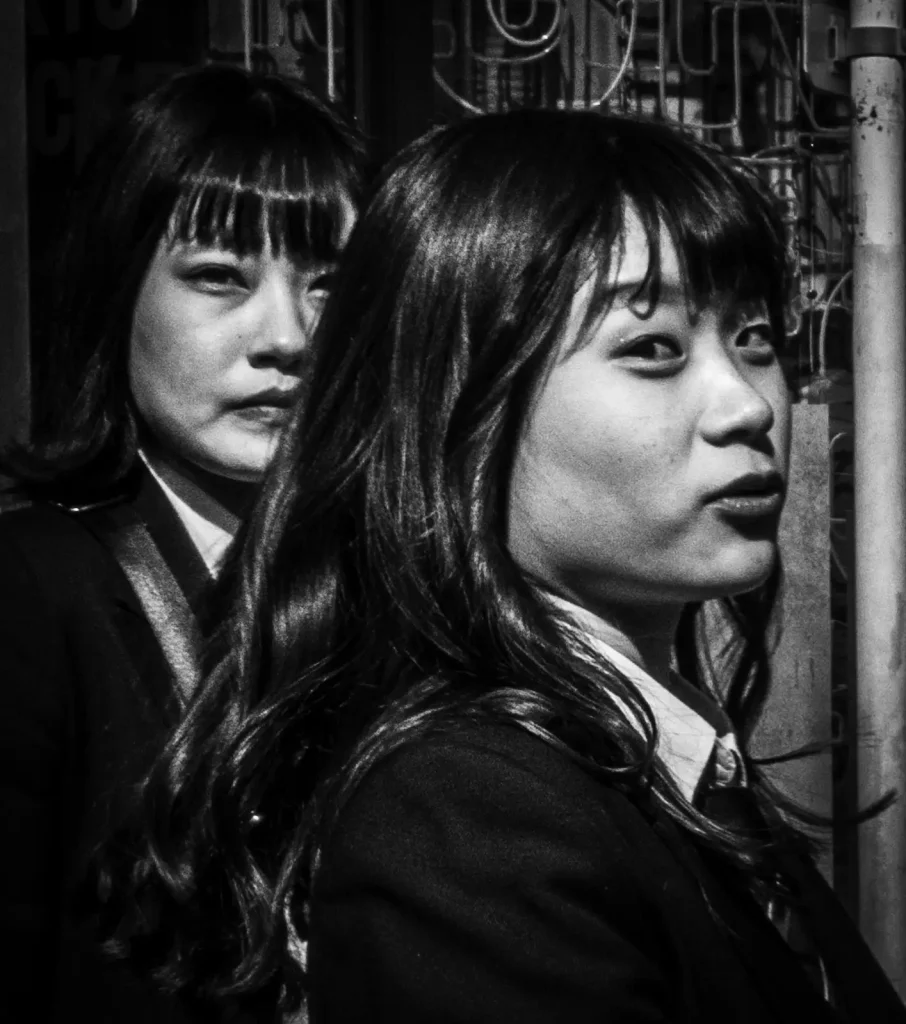
Renowned Japanese photographer Daido Moriyama used his work to criticize Japan’s martial past and photographed anti-government protests in Japan during the 1960s in support of the anti-war movement. His fellow photographic artist Nobuyoshi Araki photographed women nude in full bondage regalia and even photographed nudes of his own wife Yoko. He later photographed Yoko during her slow decline in her battle with cancer, which she ultimately lost. Both photographers along with others formed a collective and issued a magazine entitled “Provoke.” These photographers were certainly not at all cagey about the objective of their art!
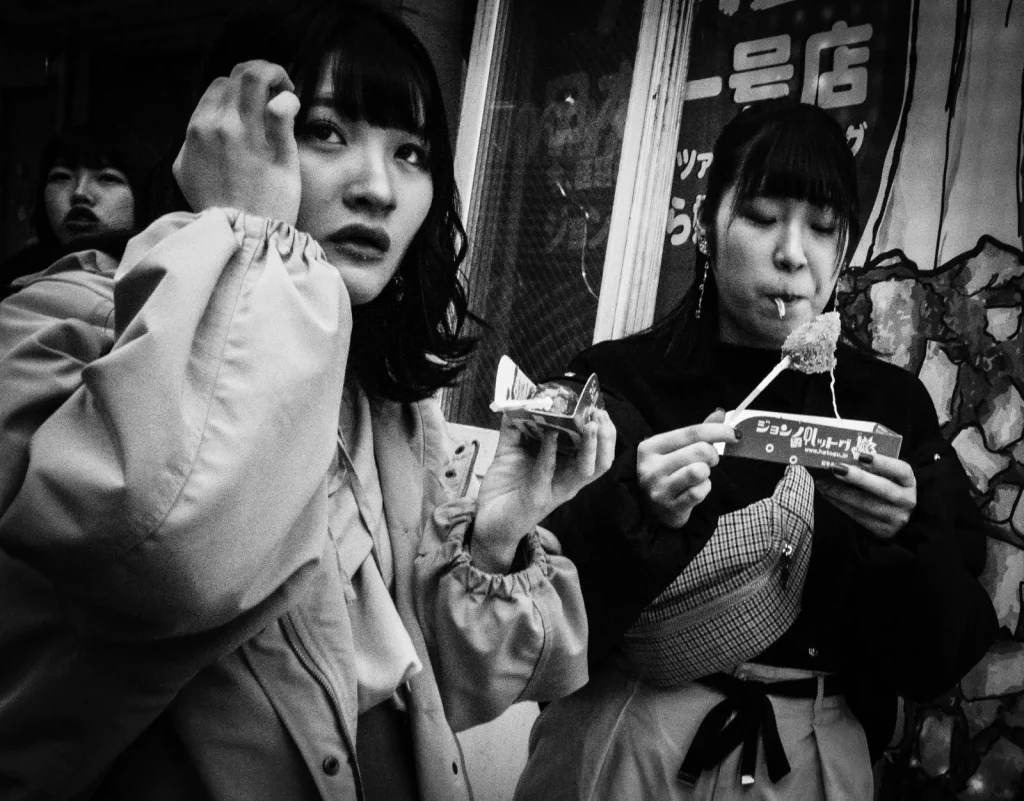
All significant art and every significant artist at some point make people uncomfortable, and even angry. So it is no surprise that notable Japanese Street photographer Tatsuo Suzuki, founder of the photography collective Void Tokyo and former Fujifilm X-Photographer, found himself mired in a controversy of his own.
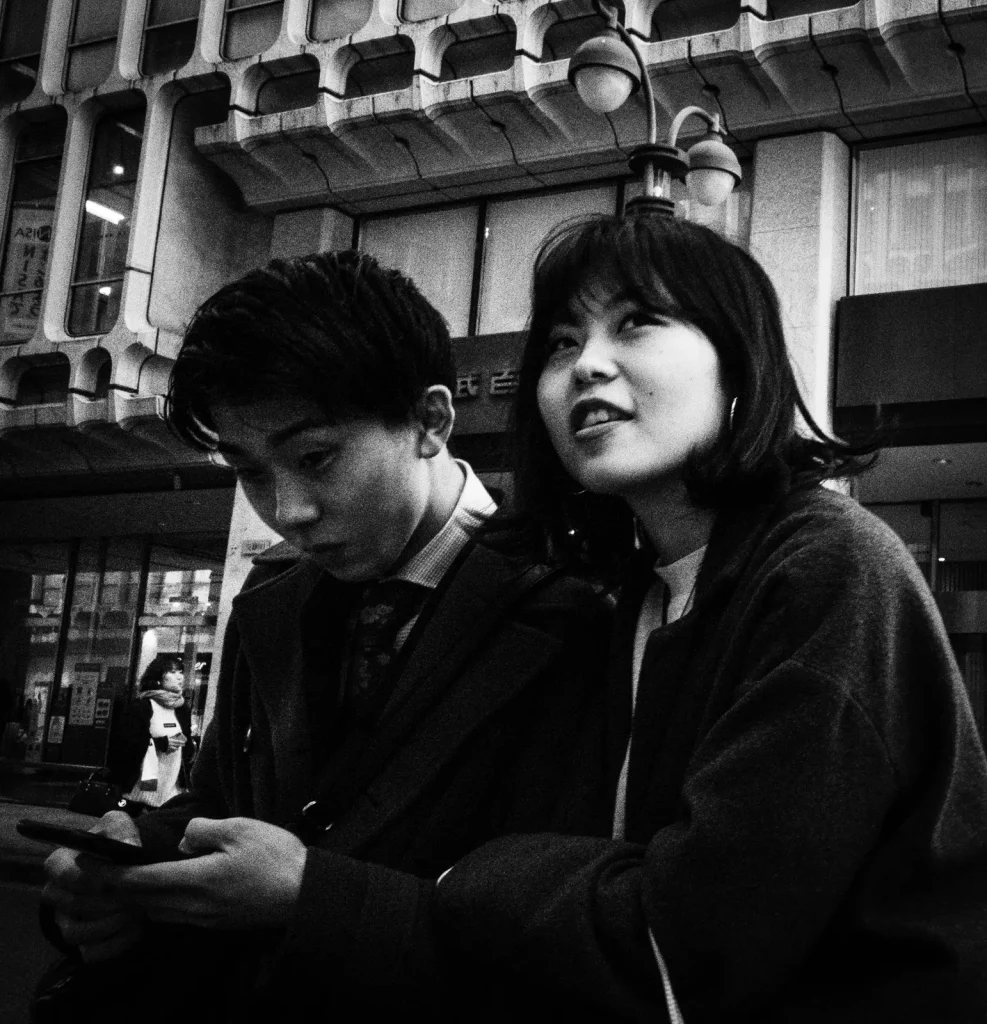
Suzuki has long been partial to Fujifilm’s X100 series cameras, and so when Fujifilm recently launched its new X100V, featuring Suzuki and his work as part of the marketing launch was a no-brainer. However, a video Fujifilm had posted on its corporate website of Suzuki practising his art in the streets of Tokyo elicited criticism of Suzuki’s method from the public that proved too much for Fujifilm to bear. In the video, Suzuki weaves and bobs in the crowd getting right in the faces of his subjects, some of whom are visibly perturbed.
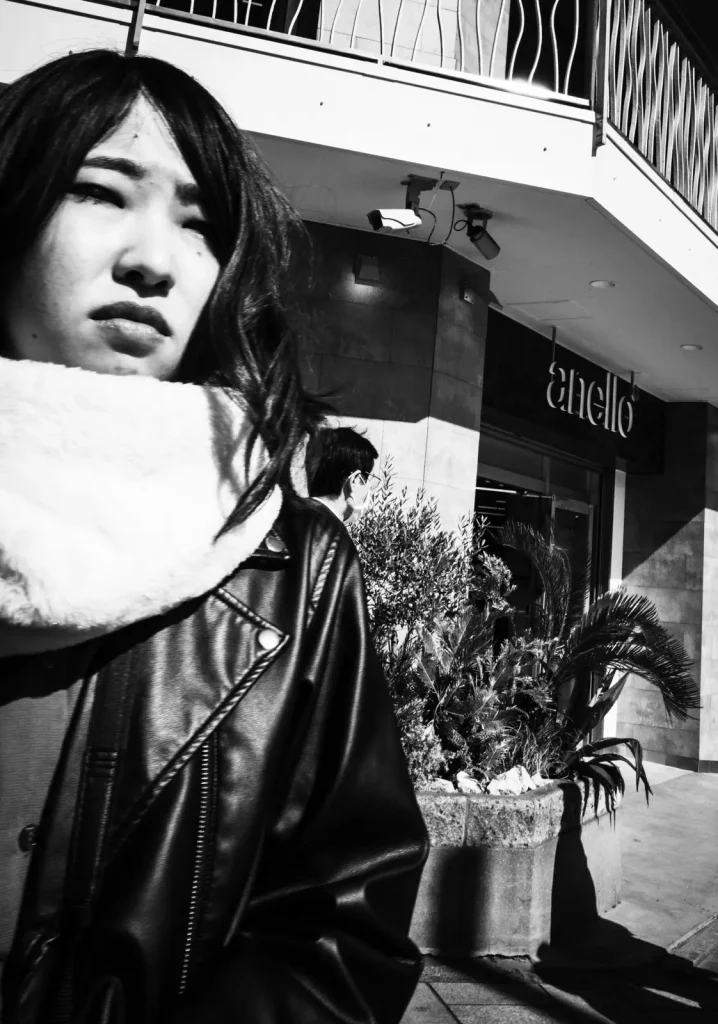
Fujifilm promptly expunged from its website all mention of Tatsuo Suzuki and removed him from its X-Photographer roster so thoroughly that there is not a trace of his ever having existed there—an erasure job so well done as to make a Soviet propagandist blush. Ironically, Fujifilm’s expungement of Suzuki, far from drawing attention away from him, has likely boosted awareness among people who had not yet heard of him, bolstered his celebrity if not notoriety, and added further heft to his street cred as a serious artist.
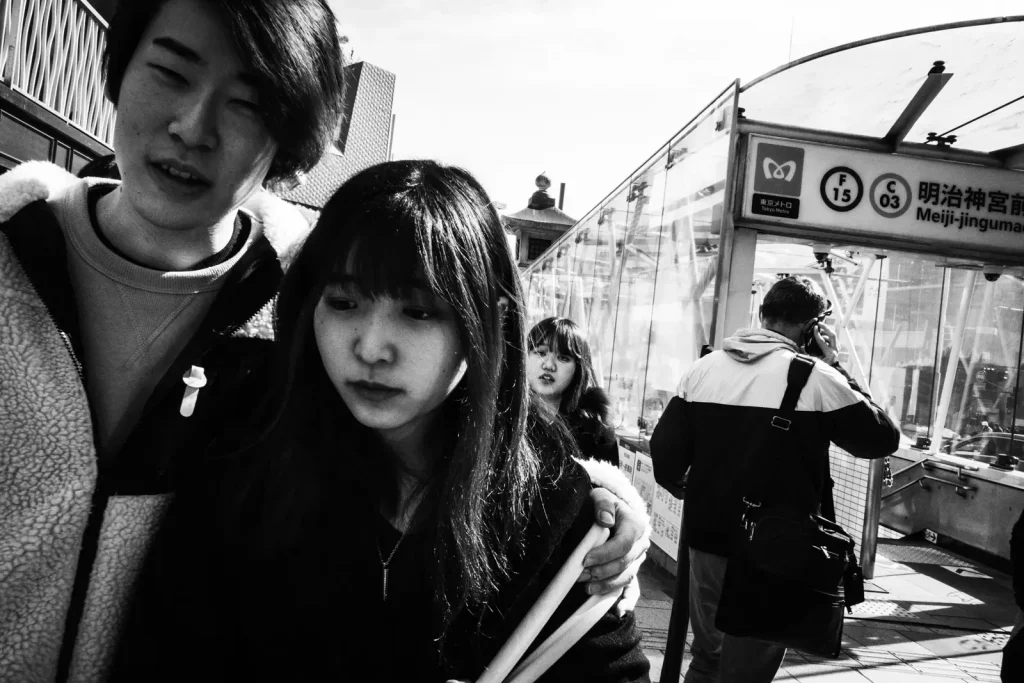
In Japan at least, Suzuki is doing nothing illegal in terms of fine art photography or photojournalism in public spaces. The laws in Japan are remarkably clear on this, as long as you can read Japanese. (I can and do.) While Suzuki violates no laws regarding photographing people in public, police likely could stop him just for being a public nuisance should they have a mind to do so. According to Suzuki, they never have.
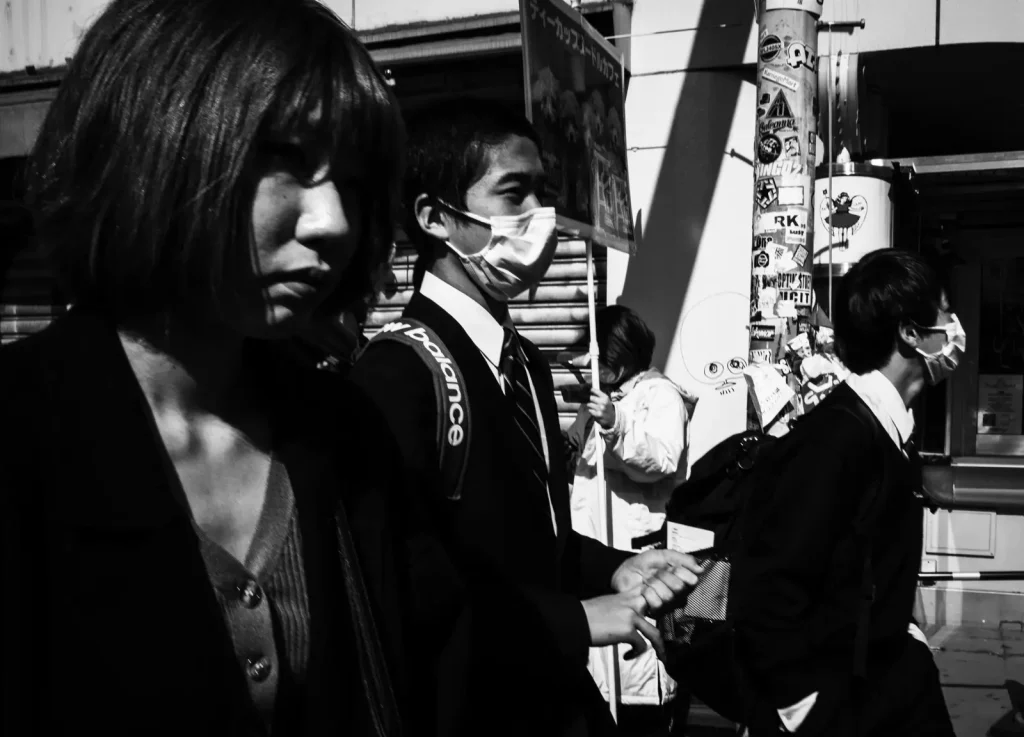
Legal or not, whether Suzuki’s methods are ethical and proper is an entirely different question. The ethics of street photography and its myriad methods should always be worthy of debate in my view no matter how you happen to feel about street photography at the moment.
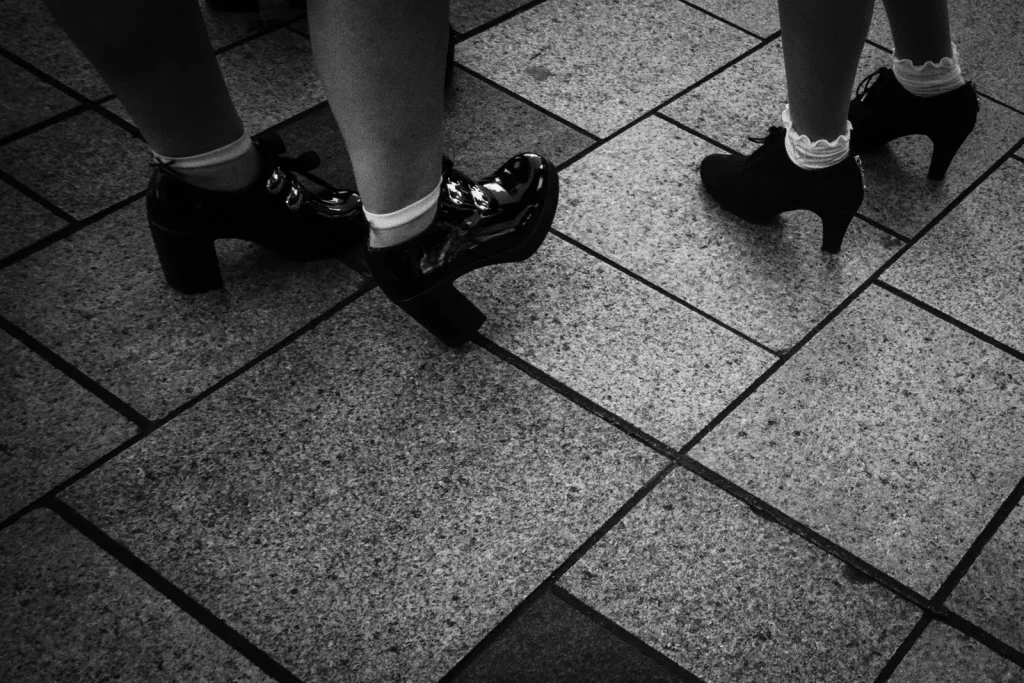
Now I don’t fault Fujifilm for dropping Suzuki. There is nothing immoral or unethical about Fujifilm’s decision. In fact, morality and ethics have nothing to do their decision. So all those who cheer Fujifilm for doing the right thing or otherwise condemn Fujifilm for doing the wrong thing, save your breath. They don’t care.
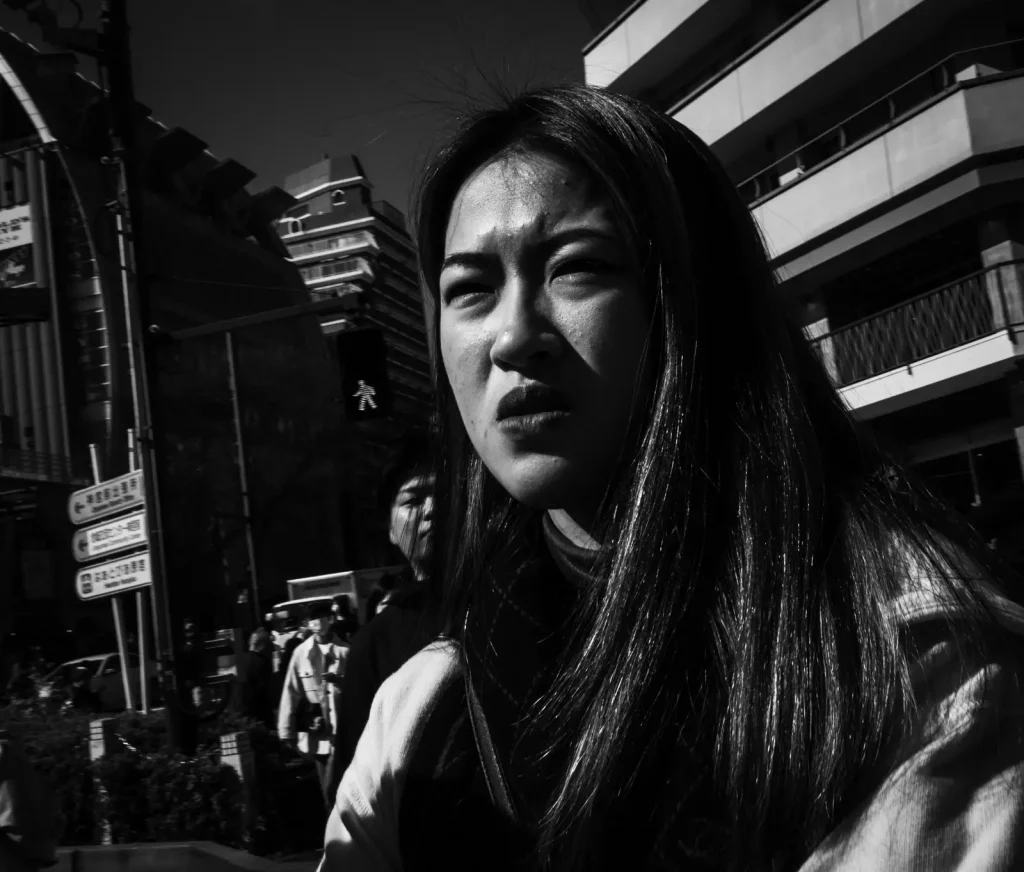
Selling cameras is Fujifilm’s business, not making art, but the company’s managers appear happy to patron artists as long as patronage supports the primary business objective of—once again—selling cameras, in case you have forgotten. That’s their prerogative, and Fujifilm’s executives have a fiduciary imperative to act in the best interests of the owners of the business. That’s all. Nothing more.
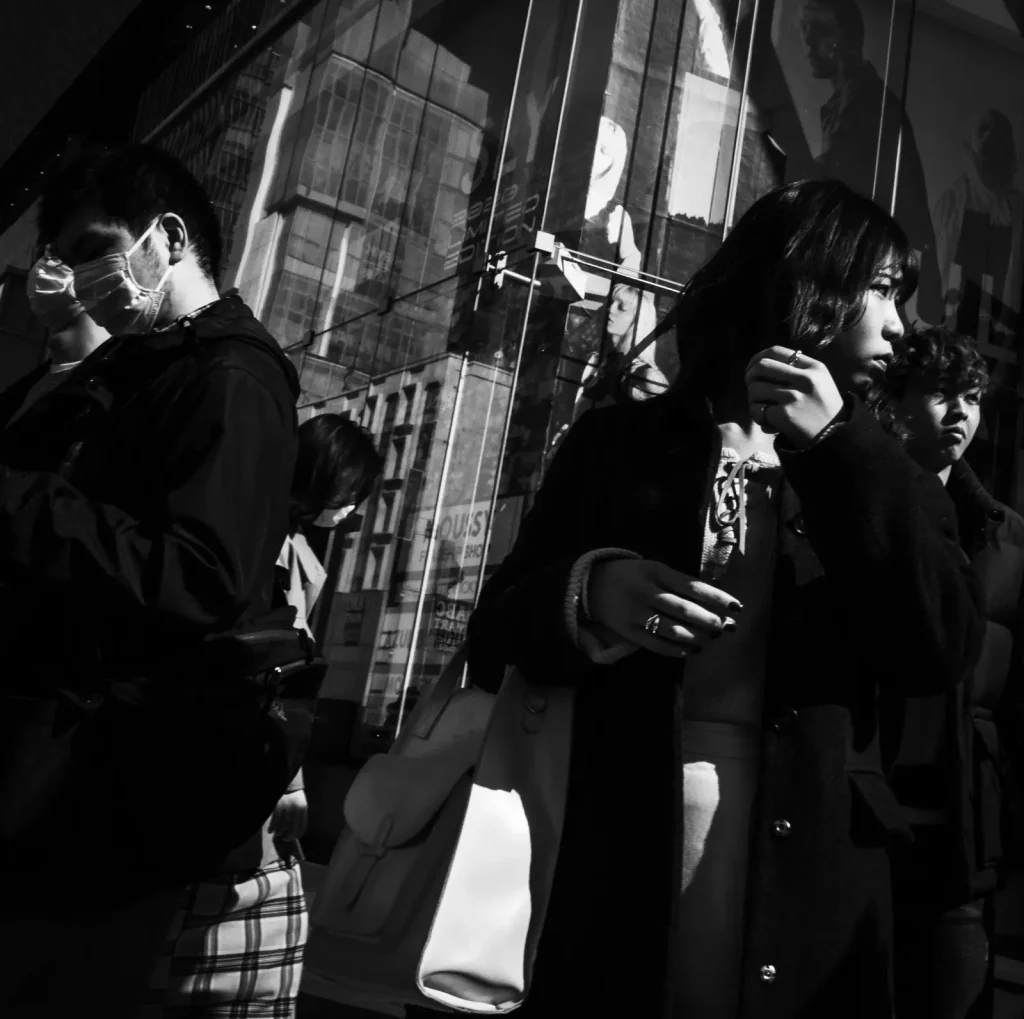
So while Fujifilm’s decision was not driven one way or the other by ethics, hypocrisy on other other hand is an open question in my view. After all, how can you possibly tout the X100V as the quintessential street photography tool of choice while highlighting one of the most significant practitioners of the art in our time only to abruptly erase him from your history as soon as an inevitable artistic controversy arises?
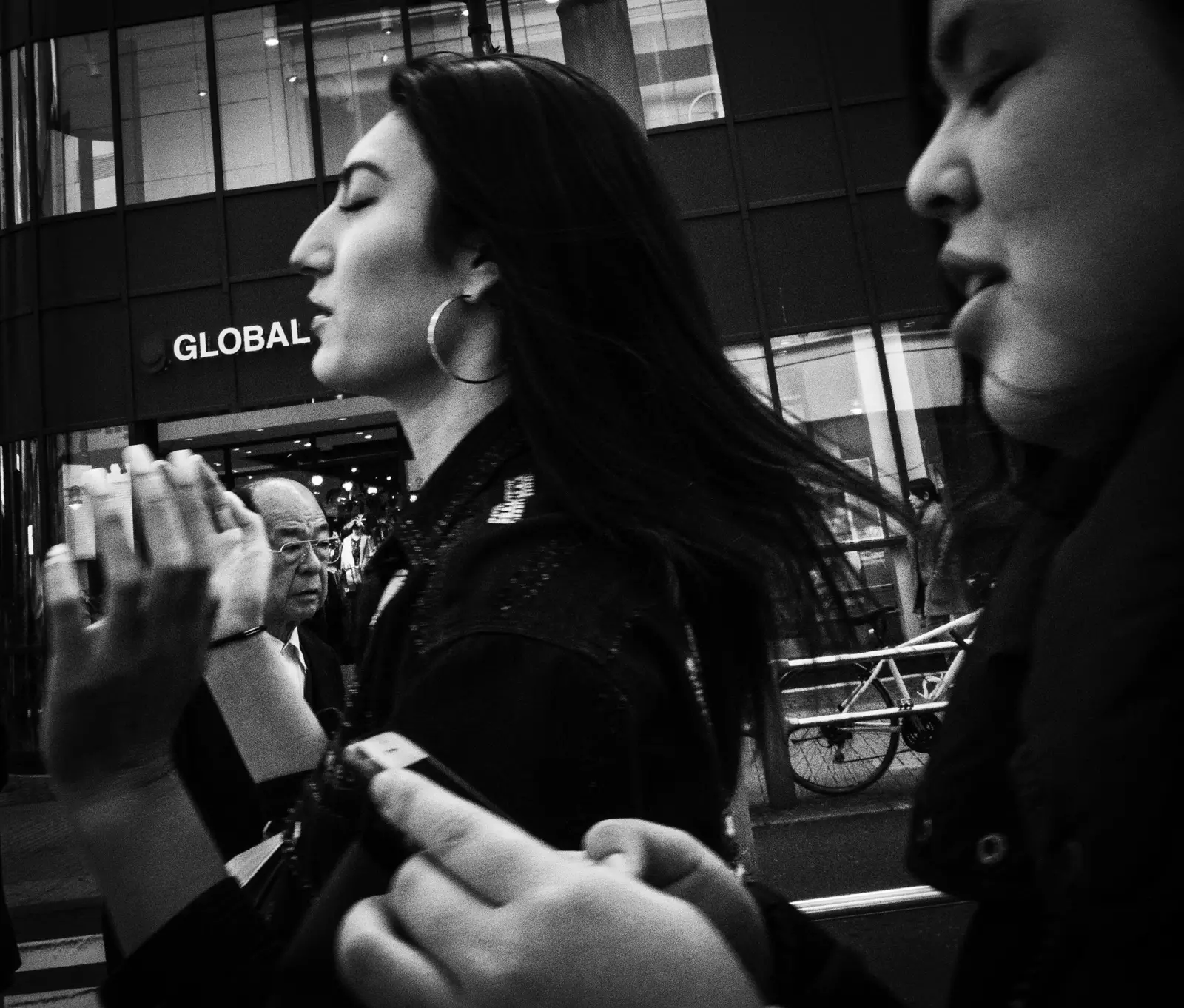
As for me, I look to Fujifilm for cameras, not artistic inspiration. Tatsuo Suzuki is one of my most significant artistic influences, among whom I also include some well-known artists like Daido Moriyama and Jacob Aue Sobol, as well as some of whom you have perhaps not yet heard, like Meg Hewitt, Josh White, Chu Viet Ha, Souhayl A., Tadashi Onishi, and Kawara Chan. If you are unfamiliar with any of the artists I have mentioned, have a look, and see their art for yourself.
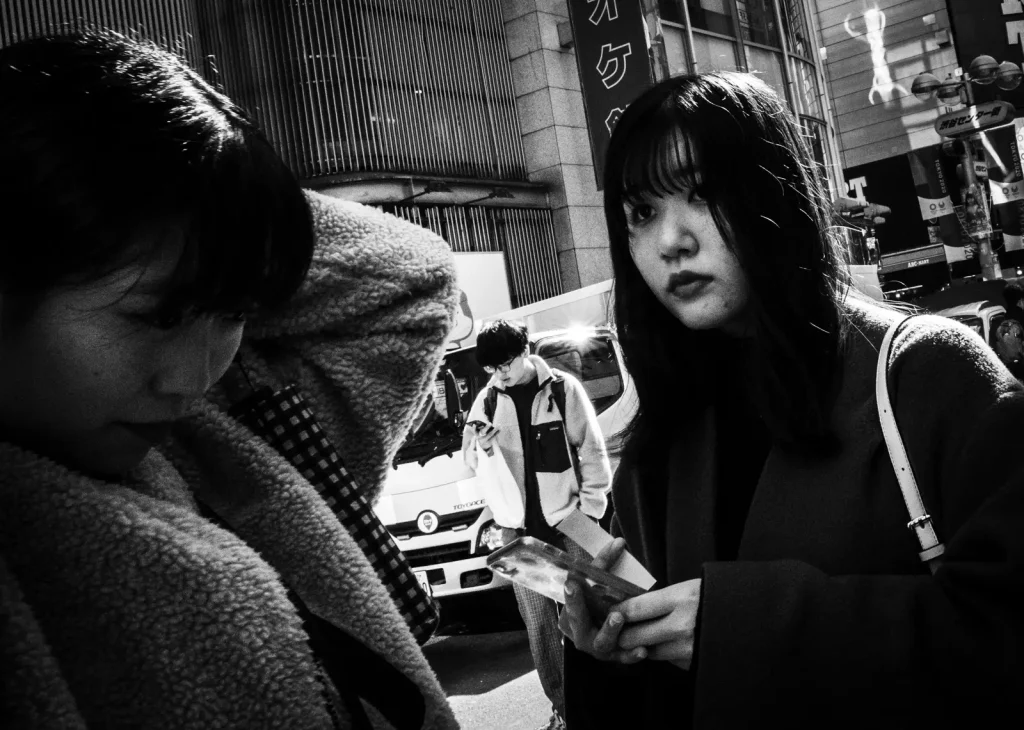
The photos in this piece I have shot recently in the Shibuya and Aoyama areas of Tokyo, Tatsuo Suzuki’s stomping ground, in homage to him.
Well done, Tatsuo! I tip my hat to you!
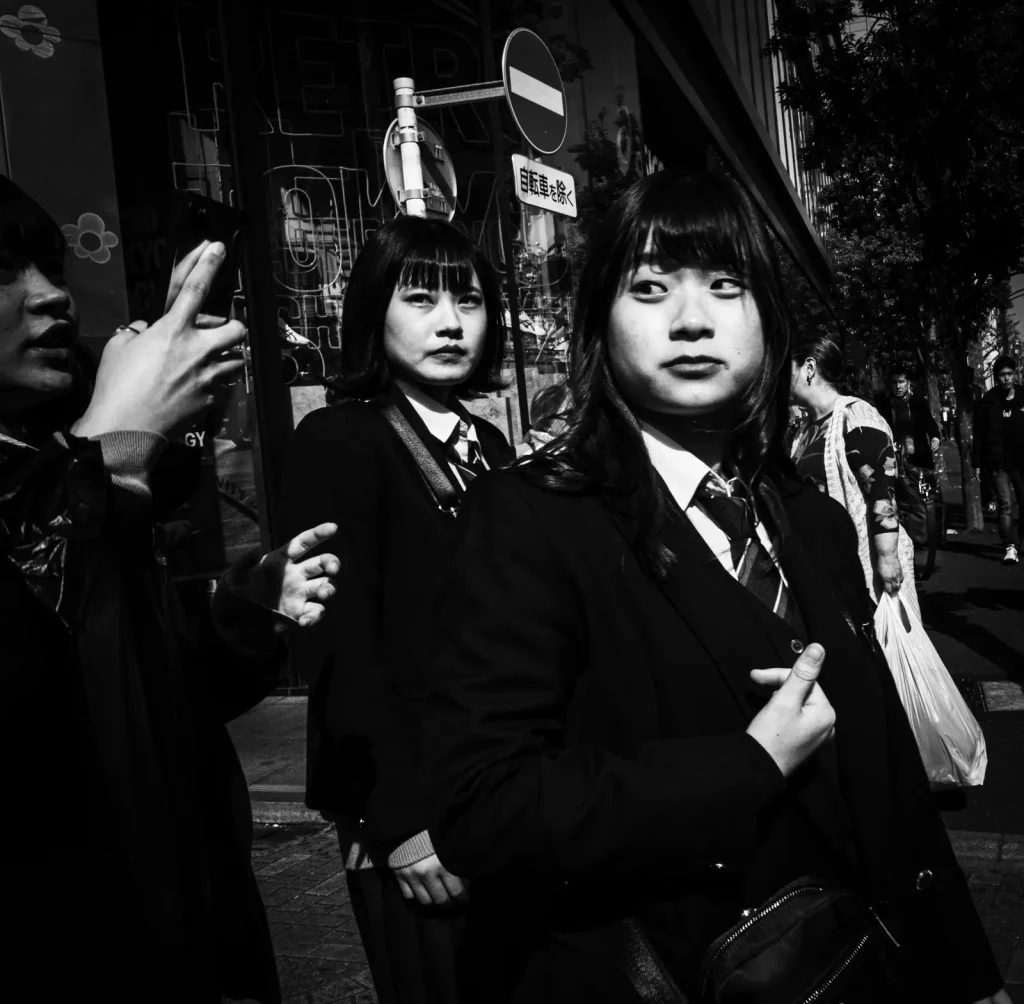
I am a street photographer who lives in Japan. If you would like to see more of my work, have a look at my website bleisteinphoto.com, or my Instagram @sbleistein
Share this post:
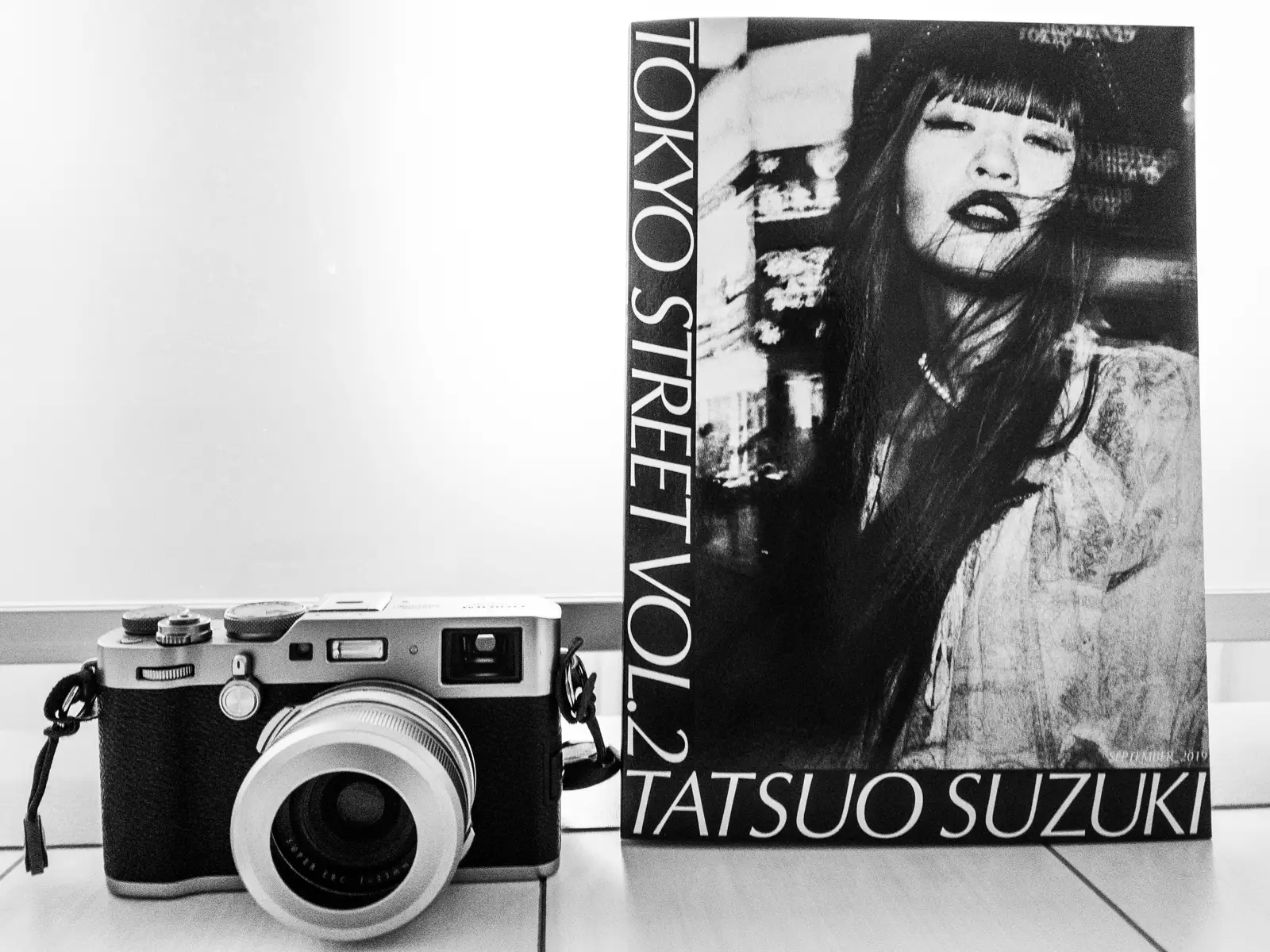








Comments
Roger B on In Homage to – and Defence of – the Work of Tatsuo Suzuki – By Steven Bleistein
Comment posted: 17/02/2020
Comment posted: 17/02/2020
Stuart L Marcus on In Homage to – and Defence of – the Work of Tatsuo Suzuki – By Steven Bleistein
Comment posted: 17/02/2020
Comment posted: 17/02/2020
Fred on In Homage to – and Defence of – the Work of Tatsuo Suzuki – By Steven Bleistein
Comment posted: 17/02/2020
Fuji can expunged him for marketing choice, ok (but disapointing from Fuji)
But people on internet who wants to censure him and ask him to stop are the worse. It's not ok to forbid some cultural/art works because you feel offended. As you say, Suzuki did not act against japan's law. So let him work !
Nice post by the way :-)
Comment posted: 17/02/2020
eric on In Homage to – and Defence of – the Work of Tatsuo Suzuki – By Steven Bleistein
Comment posted: 17/02/2020
Photo-Philosophy :
"To be is to do", Socrates,
"To do is to be", Jean-Paul Sartre,
"To be do be do", Frank Sinatra,
"The thing about art for me is that you can go on theorising your work forever, because it's open to interpretation.", Takeshi Kitano "私にとってアートについてのことは、あなたの作品は永遠に解釈できるということです。なぜなら、それは解釈に開かれているからです。"
Of course : impressive article, ...
And ?
Comment posted: 17/02/2020
Roger B. on In Homage to – and Defence of – the Work of Tatsuo Suzuki – By Steven Bleistein
Comment posted: 18/02/2020
Comment posted: 18/02/2020
Comment posted: 18/02/2020
Castelli Daniel on In Homage to – and Defence of – the Work of Tatsuo Suzuki – By Steven Bleistein
Comment posted: 18/02/2020
Dan
Comment posted: 18/02/2020
Stpehen J on In Homage to – and Defence of – the Work of Tatsuo Suzuki – By Steven Bleistein
Comment posted: 18/02/2020
I like the pictures, so it doesn't offend me...
The perhaps only offensive thing is that you probably won't get to see the snapper's snap, since it was only a chance meeting.
Comment posted: 18/02/2020
In Homage to – and Defence of – the Work of Tatsuo Suzuki – By Steven Bleistein – 35mmc – The Click on In Homage to – and Defence of – the Work of Tatsuo Suzuki – By Steven Bleistein
Comment posted: 18/02/2020
George Appletree Photography on In Homage to – and Defence of – the Work of Tatsuo Suzuki – By Steven Bleistein
Comment posted: 18/02/2020
Your shots are as good as Capa's sentence was expected to give results: They're close enough. But I don't see if just documentary of Tokyo style of life or rather some other thing.
Finally, "Selling cameras is Fujifilm’s business, not making art, but the company’s managers appear happy to patron artists as long as patronage supports the primary business". Leica does exactly the same. They have their ambassadors and everybody's happy: Leica shows their photographs, they get the camera and their work promoted.
Probably without Cartier Bresson and all the Magnum paraphernalia Leica wouldn't have been the same
Comment posted: 18/02/2020
Comment posted: 18/02/2020
Comment posted: 18/02/2020
Comment posted: 18/02/2020
Bruno Chalifour on In Homage to – and Defence of – the Work of Tatsuo Suzuki – By Steven Bleistein
Comment posted: 18/02/2020
Secondly the reference to Ansel Adams and controversy is also a far-fetched one in the sense that it is not so much controversy (after all his images were published in US Camera and shown at MoMA, with some delay and accommodation, agreed) but difference in perception. The subject was controversial at the time for a country at war with Japan, so are the detention conditions for deported illegal children now. Documenting them was and is controversial for a conservative America; documenting them while it was / is happening is problematic and only some images are tolerated so that they escape censorship. Those images seen out of context decades later may seem mild and understated, they were not then. Some Japanese-Americans (not all of them, some being also grateful that someone like Ansel Adams documented the camp and gave it visibility, while also creating documents for history and the future that we would be deprived of had he not done it) remark that, although his words were clear about the issue, his images were a mild reflection of those words [this also led to a first problem in his relationship with Dorothea Lange who had photographed the same Manzanar camp but with a more humanistic and concerned/militant approach]. Ansel Adams was not exactly involved in direct social photography and all that was reproached to him was that his photographs were either too controversial or not controversial enough. So it went both ways between two opposite camps and the truth /reason may lie in the middle.
“Even long after the end of Word War II, these photographs still invite controversy, some of which even emanates from the Japanese-American community itself!” …so … hmmm not quite (the Japanese-American community in fact reproaches him for not being “controversial” enough at the time [yes, context has also got to be considered here] ).
Now back to Tatsuo Suzuki (the Adams and Moriyama /Araki digressions were not originally mine, and I just answered them, giving them a broader context for the reader to follow the reasoning involved here), although rather matter-of-fact in his attitude, his practice can be seen by some (obviously more than a few otherwise Fuji would not have withdrawn its videos of him shown photographing) as somewhat problematic, ethically. Fuji’s reaction has to do with their audience’s reaction, probably operated under moral and ethical guidelines: just like Magnum photographer Bruce Gilden, Suzuki is extremely aggressive in his photographing people and appears to treat them as photo-fodder, just objects, whose presence he uses, whose space he invades without being invited,… this for what “humanistic” purpose… hmmm, most people having looked at his work may agree on “not much.” Spectacle for the sake of spectacle and drawing attention and the expenses of his subjects sound like a more accurate conclusion. No wonder some reacted. Which does not take anything away from his skills as a photographer, simply, the human being behind the photographer and his actions are being questioned. What also separates just skills and acquired talent from valuable art may be what one uses them for. One could also state that Hitler, Mussolini or Franco had strategic skills beyond most… now what they used them for may be questionable and so are (not that Suzuki has anything in common with those evil three or A. Adams, Moriyama or Araki for that matter) Suzuki’s skills and talent. Their use is questionable and probably not the right thing to promote for advertising purposes. Feedback from the audience reminded Fuji that all spectacles are not good, or at least good enough.
“Fujifilm promptly expunged from its website all mention of Tatsuo Suzuki. […] Now I don’t fault Fujifilm for dropping Suzuki. There is nothing immoral or unethical about Fujifilm’s decision. […] In fact, morality and ethics have nothing to do their decision.”
All right, we seem to agree on that…. But wait what came next?
“hypocrisy on other other [sic] hand is an open question in my view.” Well on the one hand Fuji seems to be understood in its move, which has “nothing to do with morality and ethics,” and on the other it is “hypocritical” which I assume is not a compliment but a repudiation of the previous lines, based on moral and ethical criteria. Which is which? What are we supposed to understand from the reversal of point of views?
“ After all, how can you possibly tout the X100V as the quintessential street photography tool of choice while highlighting one of the most significant practitioners of the art in our time only to abruptly erase him from your history as soon as an inevitable artistic controversy arises?”
Calling Suzuki, “one of the most significant practitioners” of street photography is probably a stretch and many seem to disagree and even Fuji has agreed with them. Fuji did not “erase” Suzuki for “our history”, just from their advertising website, big deal. They just acknowledged they made a problematic choice, one that fired back and corrected it. Where is the problem? Does Fuji on its own make history, probably not; in fact their move also advertised Suzuki’s work. I, personally, would have never looked at it, hadn’t it raised a question on ethics in street photography. Fuji did not advertise Winogrand and he left a trace in the history of street photography. So let “history” make its own opinion, away from Fuji’s website.
By the way, nIce photographs Steven, a consistent and coherent body of work that does not need to be spiced up with aggressivity.
Comment posted: 18/02/2020
Comment posted: 18/02/2020
Comment posted: 18/02/2020
OldRoger on In Homage to – and Defence of – the Work of Tatsuo Suzuki – By Steven Bleistein
Comment posted: 07/03/2020
Comment posted: 07/03/2020
Comment posted: 07/03/2020
Comment posted: 07/03/2020
OldRoger on In Homage to – and Defence of – the Work of Tatsuo Suzuki – By Steven Bleistein
Comment posted: 07/03/2020